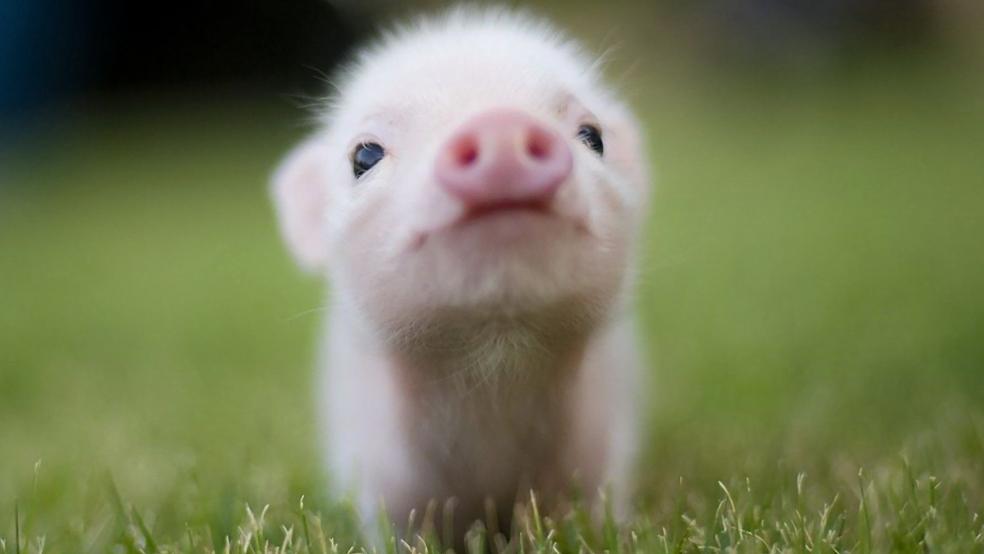What Happened. A deadly swine virus has been sweeping across U.S. hog farms, wiping out baby pigs by the millions, threatening pork production and pushing up the price of pork products by as much as 15 percent.
The highly contagious virus – porcine epidemic diarrhea, known as PEDv – is spread through manure and is fatal to piglets. It does not threaten other animals or humans, scientists say. It may have come from China, which since the 1980s has experienced multiple outbreaks, with more severe strains hitting recently. Authorities don’t know exactly how it entered this country.
Pork producers in 27 states so far have reported infections among their herds since last May, and in less than a year those losses are estimated at $5 million. The USDA says the nation’s pig herd has declined at least 3 percent to about 63 million pigs since the virus first struck. Estimates of pig fatalities vary, but one economist says the loss could be as high as 6 million piglets.
Related: Bacon Nation – 17 Wacky Ways Americans Pig Out
Why It Matters. Experts say pork production could drop about 7 percent in 2014 compared to last year, which would be the biggest drop in over 30 years. A hog needs about six months to reach market weight, so pork supplies may be thin for some time. Iowa, Minnesota, North Carolina and Illinois are currently the hardest hit by the disease, though it has also spread to Canada and Mexico.
Steve Meyer, an Iowa-based economist and pork industry consultant, said pork processors in the Midwest are likely to cut some plant shifts to four days a week this spring – while Smithfield Foods, one the largest U.S.-based pork processors, has already done so in North Carolina, Time reports (the company declined to comment).
Related: China Hogs the Pork Biz and Brings Home the Bacon
What It Means for You. So much for those slabs of sizzling bacon we crave – not to mention all those other pork-based meals we gobble up. Consumers are already feeling sticker shock: A pound of bacon averaged $5.46 in February, up 13 percent from a year ago, according to the Bureau of Labor Statistics. The price of ham and chops has risen too, though not as much.
The pork problem comes on top of other rising food prices: Overall, they’re set to rise about 3 percent this year, hitting Americans particularly hard – we spend about 10 percent of our incomes on food. Meat prices have already been up, due partly to higher feed costs for corn and soybeans resulting from the California drought that has also pushed up the cost of fruit, vegetables, dairy and eggs. In February, farm cattle and wholesale beef prices rose by 1.1 percent and 2.4 percent, respectively.
Top Reads from The Fiscal Times:
- Eat All the Fried Chicken You Want!
- The 13 Worst Supermarkets in America in 2014
- Those Fat and Lazy, Junk Food Eating Rats





